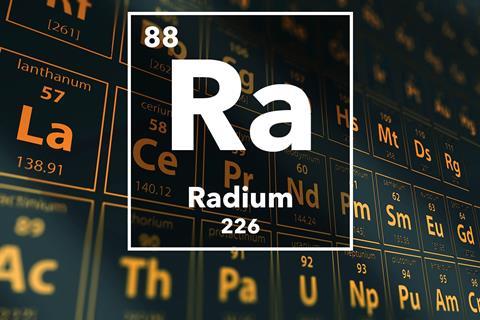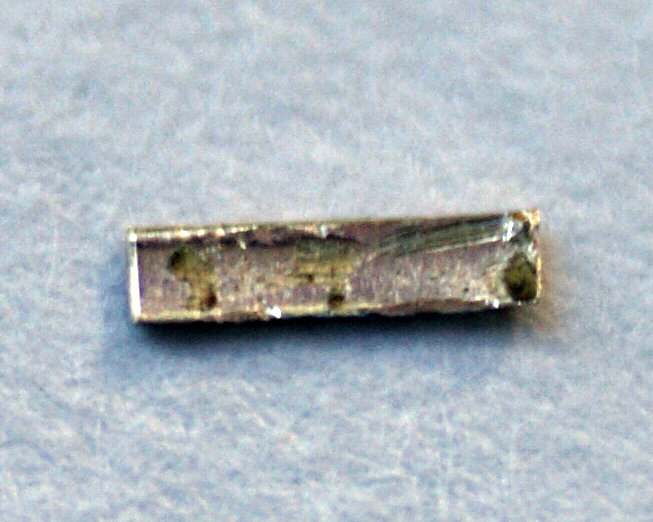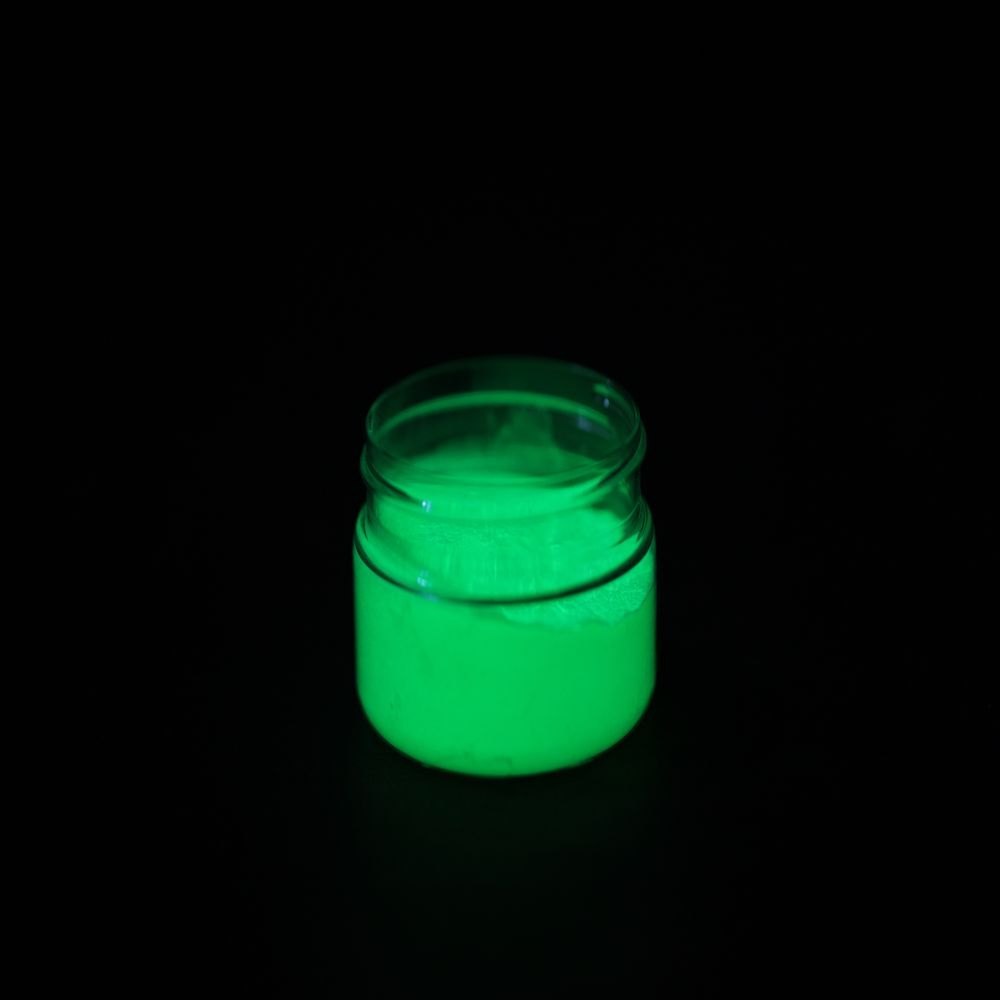Identity.
Radium, element 88 on the periodic table, is a double-edged sword.
This silvery-white metal, found in tiny traces in rocks and soil,
holds an eerie glow due to its intense radioactivity. While its
luminescence once made it a marvel, painting clock faces and
instruments with an otherworldly light, this very property exposes its
true identity: a potent health hazard. Though some medical
applications remain, radium's radioactive nature restricts its use,
serving as a stark reminder of the power and danger hidden within the
natural world.
Atomic Structure:
The nucleus consists of 87 protons (red) and 136 neutrons (orange). 87
electrons (white) successively occupy available electron shells
(rings). Francium is a radioactive alkali metal in group 1, period 7,
and the s-block of the periodic table.
History.
In 1898, Marie and Pierre Curie embarked on a groundbreaking quest.
Sifting through tons of pitchblende ore, they unearthed a faint,
persistent radioactivity unlike anything known. Years of meticulous
work revealed two new elements: polonium and, finally, radium – named
for its dazzling "rays."
The world marveled at radium's ethereal glow. Its unique
properties found countless applications, from glow-in-the-dark
watches to "miracle cures" – a dangerous misconception fueled by
its luminescence and initial successes in treating tumors. This
era was defined by both innovation and ignorance, paving the way
for a harsh wake-up call.
The "Radium Girls," young women painting watch dials with luminous
radium paint, bore the brunt of its hidden dangers. Tragically
exposed to radiation without knowledge or protection, they
developed horrific illnesses, eventually leading to stricter
regulations and a sobering understanding of radium's destructive
potential. While its medical applications continue in carefully
controlled settings, radium serves as a chilling reminder of the
need for scientific responsibility and caution in the face of
powerful discoveries.
Usage.
Radium's history dances between innovation and danger. Once coveted
for its luminous glow, it painted watch faces and instruments in an
ethereal light. In medicine, it held promise as a cancer treatment,
mimicking calcium to target tumors. However, its radioactive bite
proved too sharp, causing harm to those exposed. Today, its use is
mostly relegated to a specific isotope in carefully controlled cancer
therapies, a stark reminder of the power and responsibility
intertwined with scientific discovery.
-
Luminous Paint: Radium's eerie glow made it a popular
choice for luminous paints applied to watch faces, compasses, and
other instruments. However, this application tragically exposed
thousands, particularly young women who painted these items, to
its harmful radiation.
-
Medical Treatment: Radium-226 once held promise as a cancer
treatment, particularly for tumors in the bone. Its similarity to
calcium allowed it to target cancerous cells. However, its potent
radioactivity and lack of specificity led to severe side effects
and ultimately safer alternatives were developed.
-
Industrial Application: Radium's ionizing properties were
utilized in static eliminators, lightning rods, and even
self-illuminating aircraft dials in early applications. However,
concerns about radiation exposure led to the discontinuation of
such uses due to safer alternatives.
Some of the benefits of using Radium are:
-
Radium is a highly radioactive element that was once thought to
have many benefits. However, it has since been discovered that
radium is actually very dangerous and can cause serious health
problems. For this reason, radium is no longer used in most
applications.
-
Radium was once used in luminous paint, but this practice has been
discontinued because of the health risks. Radium was also used in
some medical treatments, but these treatments are no longer used
because of the potential for serious side effects.
-
Radium is still used in some very limited applications, such as in
certain types of cancer treatment. However, these applications are
carefully controlled and monitored to minimize the risk of
exposure.
Sources.
While not readily available, radium exists in trace amounts throughout
our world. It originates from the natural decay of uranium and
thorium, found in tiny quantities within rocks, soil, and even water.
Though extracting significant amounts is challenging, historical
methods involved processing vast quantities of uranium ore. Today,
spent nuclear fuel rods offer an alternative source, but annual
production remains minimal due to its limited applications and
inherent dangers. Despite its presence, harnessing radium remains a
complex and carefully controlled process.
Properties.
glowing Demoise Radium's most striking property is its intense
radioactivity. This intrinsic luminescence, once celebrated, emits
harmful alpha, beta, and gamma rays, posing significant health risks.
Chemical Chamelon: Despite its metallic nature, radium readily
forms ionic compounds like radium chloride (RaCl₂). Its high
reactivity with water releases hydrogen gas, further emphasizing its
volatile nature.
Heavyweight Element: With an atomic number of 88, radium boasts
a hefty atomic mass nearly three times heavier than lead. This density
contributes to its slow decay rate, meaning its radioactivity persists
for centuries.


